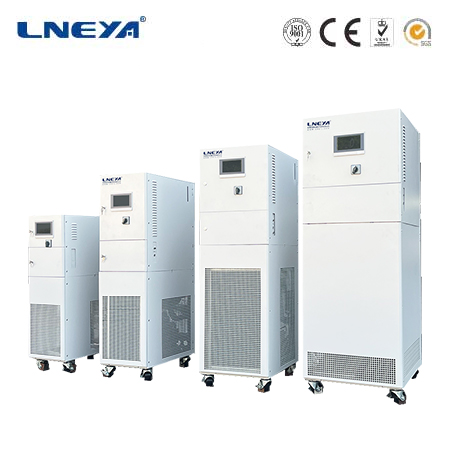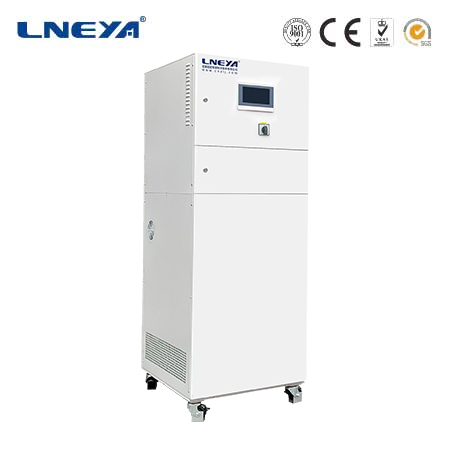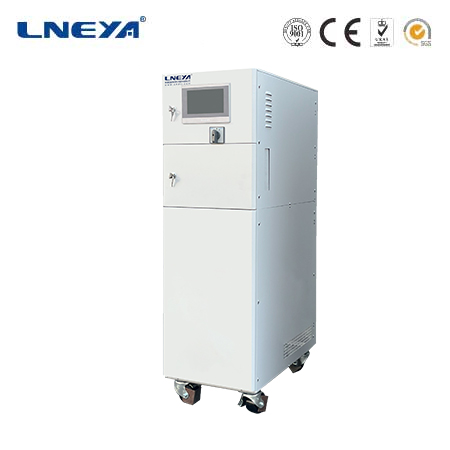heat pump and chiller
Understanding Heat Pumps and Chillers
Basic Operation of Heat Pumps and Chillers
Both heat pumps and chillers rely on the principle of transferring heat from one location to another. Heat pumps use a refrigerant cycle to move heat from a cool source to a warmer area, providing both heating and cooling depending on the season. In contrast, chillers use a refrigeration cycle to produce chilled water that is circulated through a building’s cooling system to absorb heat and cool the space.

Key Differences Between Heat Pumps and Chillers
Capacity and Application: Heat pumps are generally suitable for smaller to medium-sized buildings with moderate cooling needs, often used in residential and light commercial applications. Chillers, on the other hand, are designed for larger buildings with high cooling demands and are commonly used in commercial, industrial, and institutional settings.
Operating Temperature: Heat pumps can operate efficiently in a wider range of temperatures and are suitable for both warm and temperate climates. Chillers typically require a higher cooling capacity and are more effective in warmer climates.
Energy Efficiency: Heat pumps are generally more energy-efficient than chillers, especially in moderate climates, due to their ability to provide both heating and cooling. Chillers can be less energy-efficient compared to heat pumps, particularly in cooler climates, but advances in chiller technology have led to significant improvements in efficiency.

Installation and Maintenance: Heat pumps are generally easier to install and maintain than chillers, requiring less complex infrastructure. Chillers require more complex installation and maintenance, often involving specialized technicians.
Cost: Heat pumps are typically less expensive to install than chillers. Chillers can be significantly more expensive to purchase and install, especially for larger systems.
Applications of Heat Pumps and Chillers
Heat pumps are versatile and can be used in various applications, including residential heating and cooling, commercial buildings, and even industrial processes where both heat and cooling are required. Chillers are specialized for cooling applications, particularly in large-scale commercial buildings, hospitals, data centers, and industrial processes that require extensive cooling.

Choosing the Right System for Your Needs
The decision between a heat pump and a chiller depends on several factors, including the size of the building, climate, cooling and heating demands, energy efficiency goals, and budget considerations. Understanding the specific needs of your application and the characteristics of each system will help in choosing the most suitable option for effective temperature control.
Conclusion
Heat pumps and chillers are integral to modern HVAC systems, offering different solutions for temperature control. Heat pumps provide a dual function of heating and cooling, making them suitable for a wide range of applications. Chillers, with their focus on cooling, are essential in large-scale commercial and industrial settings. As technology advances, both systems are becoming more efficient and environmentally friendly, meeting the growing demands for sustainable temperature control solutions.
Related recommendations
cooling and heating equipment
360Cooling and Heating Equipment: Regulating Temperatures for Comfort and Efficiency Cooling and heating equipment play a vital role in maintaining comfortable environments and controlling process...
View details40 ton chiller
554Understanding 40-Ton Chillers A 40-ton chiller is an industrial-scale cooling system capable of removing 40 tons of heat per hour, equivalent to 115,200 BTUs (British Thermal Units) or approxim...
View detailselectronic test solutions
222IntroductionIn the rapidly evolving world of electronics, ensuring the quality, functionality, and reliability of electronic products is of utmost importance. Electronic test solutions play a piv...
View detailscooler cooling
434Introduction to Chiller Cooling SystemsChiller cooling systems are essential for maintaining comfortable temperatures in commercial buildings, industrial processes, and data centers. These systems...
View details
 LNEYA Thermal Test Chillers
LNEYA Thermal Test Chillers







HelloPlease log in